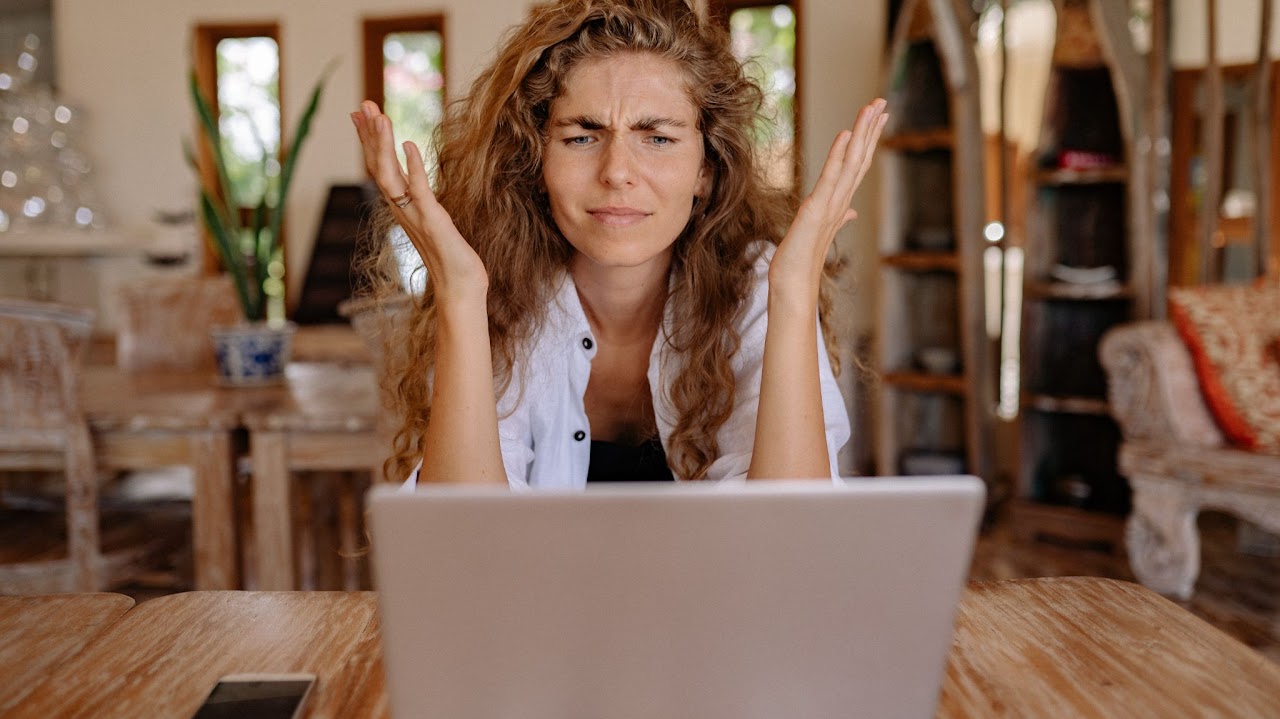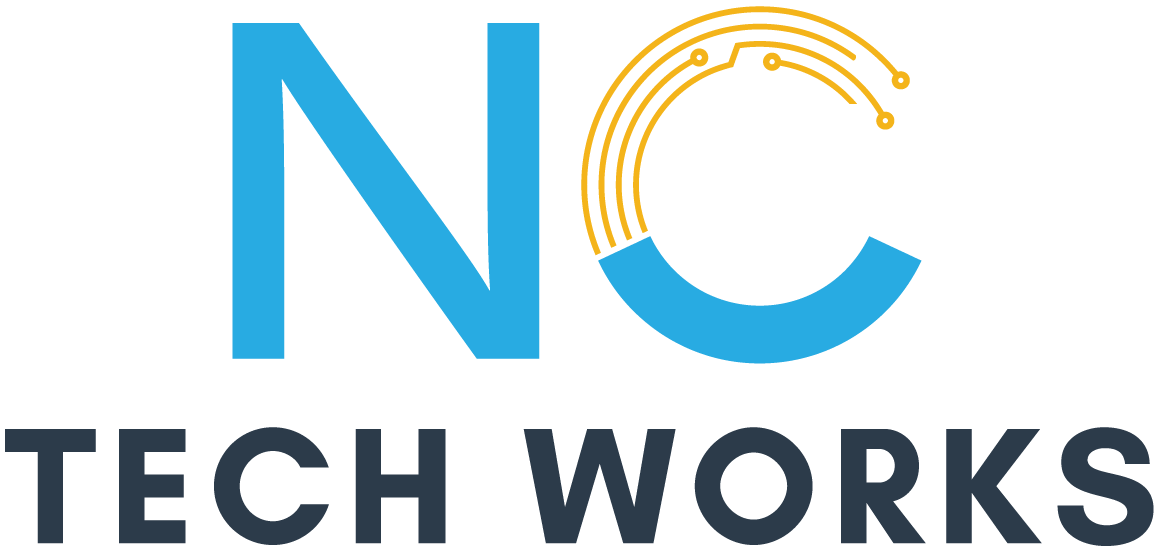Body Language
We communicate with more than words. We all convey information nonverbally through body language. Body language can include gestures, posture, facial expressions, eye contact, and how much space you give a person. You may not always realize you are communicating with body language. You may use body language unconsciously, but your conversation partner will still pick up on it! You can also practice body language to use it more effectively.
The following tips can help you use body language more effectively to strengthen your communications.
Smile. It's hard to be negative when you smile, even on the phone! Smile when you greet people. It's especially important to smile when people may be coming to you because they are frustrated or anxious about a technology issue. Smiles help connect people. Smiling can actually help you feel better and have better conversations.
Lean in. You may have learned the SLANT method previously in school. It's an acronym that encourages you to Sit up, Lean forward and listen, Ask questions, Nod yes and no, and Track the speaker with your eyes. It's a great tip for engaging in a conversation. It shows others you are actively listening to them.
Know the right way to greet someone. Are you a hugger? Or do you prefer handshakes? Or maybe you just nod and say, "hello." As a young adult, it's likely the only appropriate physical contact when greeting someone as a Digital Ambassador is a handshake. Not all people will want to connect physically, however. Some people may not want that connection. It's perfectly acceptable to greet someone new without physical contact. If you do give someone a handshake make sure it's firm but not too strong. If you're not used to shaking hands, it's something you can practice.
You convey body language on cameras. Many of us have gotten used to using a webcam for school or connecting with friends or family. Some of us have gotten so comfortable with webcams that we forget that we're on display all the time. Webcams can magnify your face or the space around you. You will continue to convey body language on a camera even when the people you're talking to aren't in the same room. Smile and sit up. Watch your facial expressions. Be sure you aren't distracted by something on a different screen, application, your phone, or something in the room.
What might these people be expressing with their body language?


